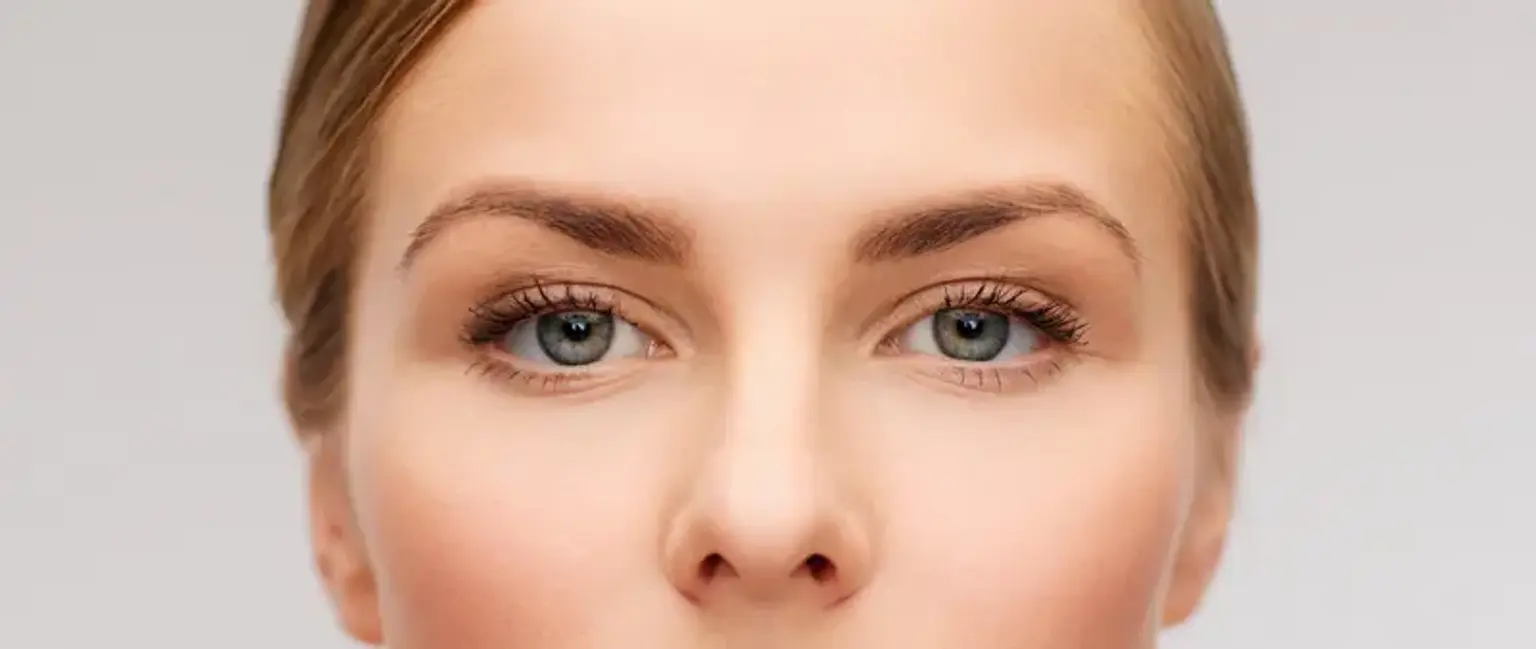Introduction
Epicanthoplasty is a cosmetic surgical procedure designed to alter the appearance of the eyes by modifying the epicanthal fold, which is the skin fold at the inner corner of the eyes. This fold can sometimes make the eyes appear smaller or give a more “closed” look, particularly in individuals of East Asian descent. Epicanthoplasty aims to enhance eye shape, creating a more open, youthful appearance, and improving the overall contour of the eyes.
While often combined with double eyelid surgery, epicanthoplasty is unique in its focus on the inner corner of the eyes. As cosmetic surgery has become more popular globally, epicanthoplasty is gaining traction for its ability to transform eye shape, improve symmetry, and boost self-esteem.
Who is a Good Candidate for Epicanthoplasty?
Not everyone is a suitable candidate for epicanthoplasty. The best candidates are typically individuals who have a prominent epicanthal fold that they wish to modify for aesthetic reasons. Most patients seeking this surgery are of East Asian descent, as the epicanthal fold is more commonly present in this population. However, people from other ethnic backgrounds with noticeable epicanthal folds may also consider the procedure.
Good candidates should be in overall good health and have realistic expectations. Ideal patients are those who are looking to achieve a more open, youthful eye appearance without altering the natural structure of their face too drastically. It’s important to understand that while the procedure can enhance eye shape, it cannot entirely change the fundamental anatomy of the eyes.
An experienced surgeon will evaluate the patient’s eyelid structure, overall facial features, and skin elasticity to determine if epicanthoplasty is a suitable option. A detailed consultation helps ensure that both the patient’s goals and the surgeon’s approach align.
